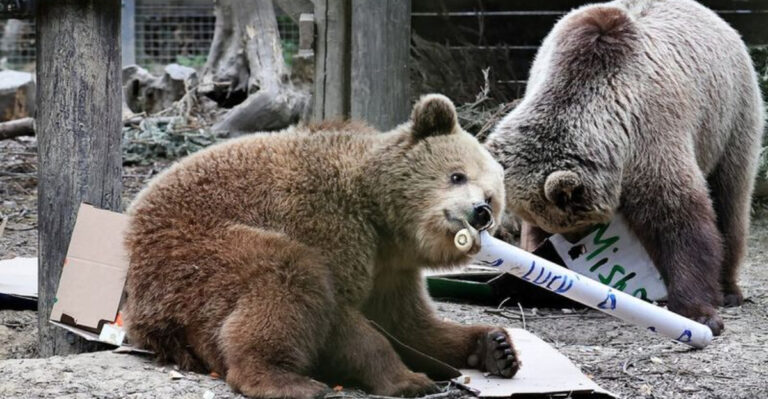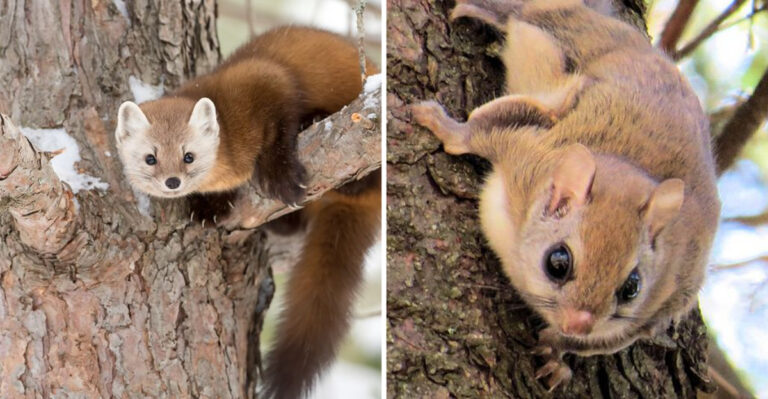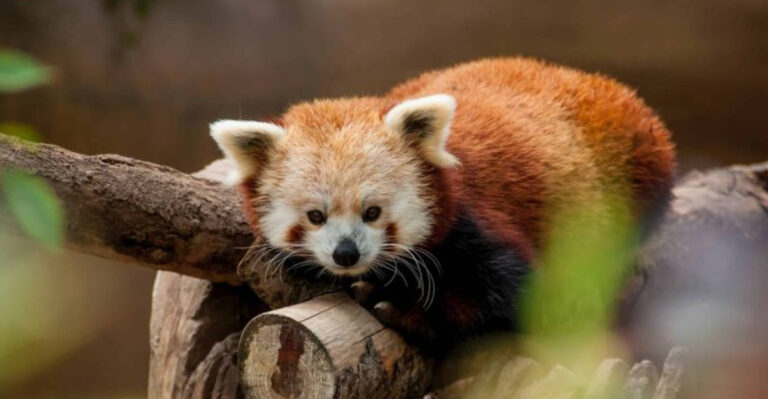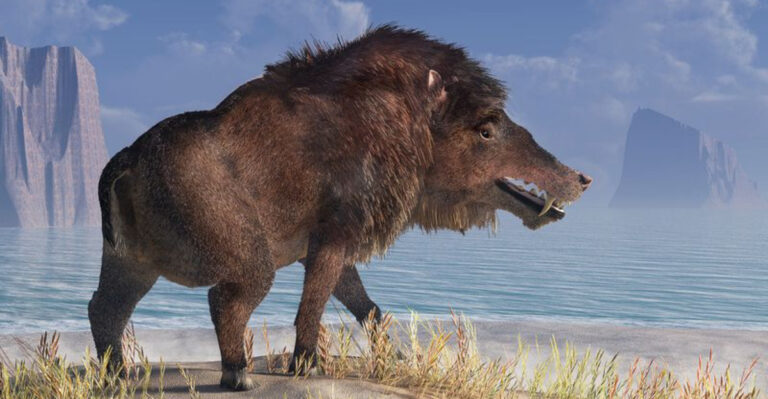11 Bear Species Ranked By Danger Level (And 5 That Are Rarely A Threat To Humans)
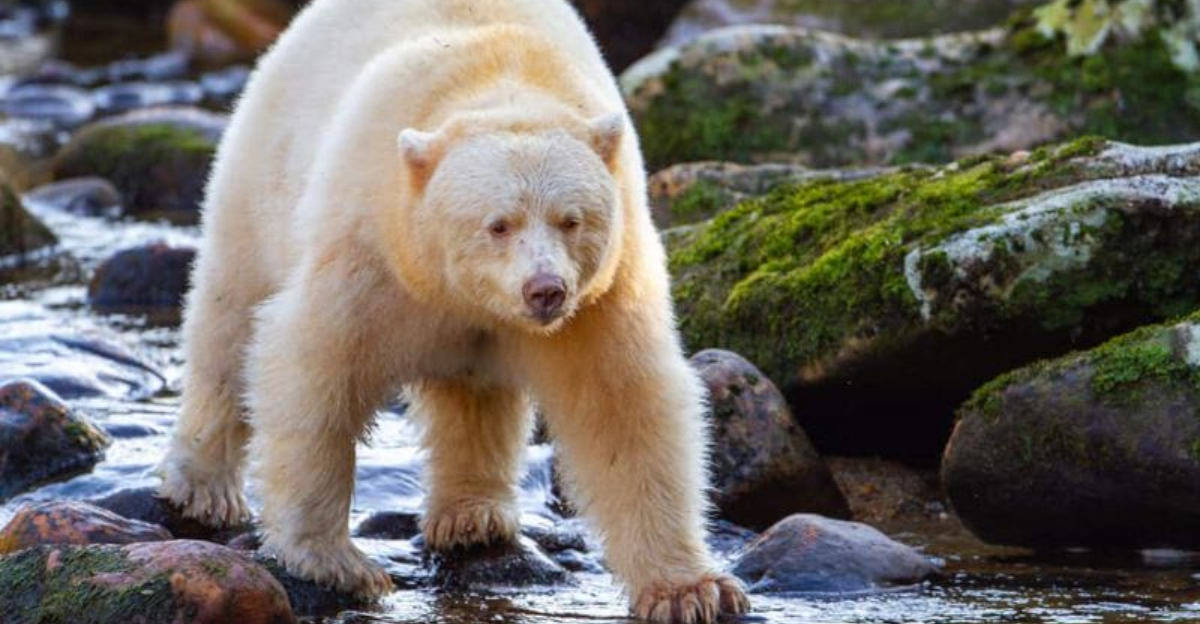
Bears are powerful, awe-inspiring animals found in some of the world’s most rugged landscapes. From towering grizzlies to elusive sun bears, each species has its own temperament, and not all are as fearsome as their size suggests.
While some bears can be dangerously unpredictable, others would rather steer clear of any human contact. Knowing the difference could mean everything during a surprise encounter.
1. Grizzly Bear
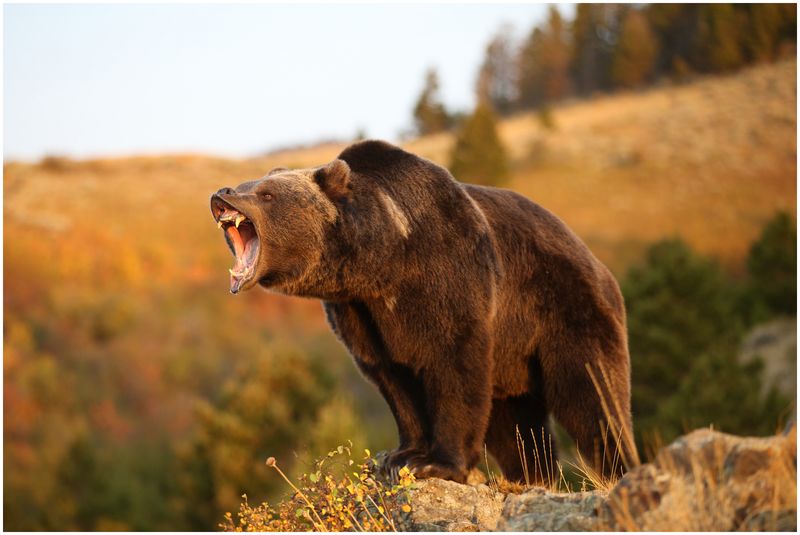
Standing nearly 8 feet tall when upright, grizzlies combine raw power with lightning-fast reflexes. These North American giants become especially aggressive when protecting cubs or food sources.
Mother grizzlies are notoriously protective, charging at perceived threats without hesitation. Their massive claws and 1,000-pound frames make them formidable opponents that can outrun humans even uphill.
2. Polar Bear
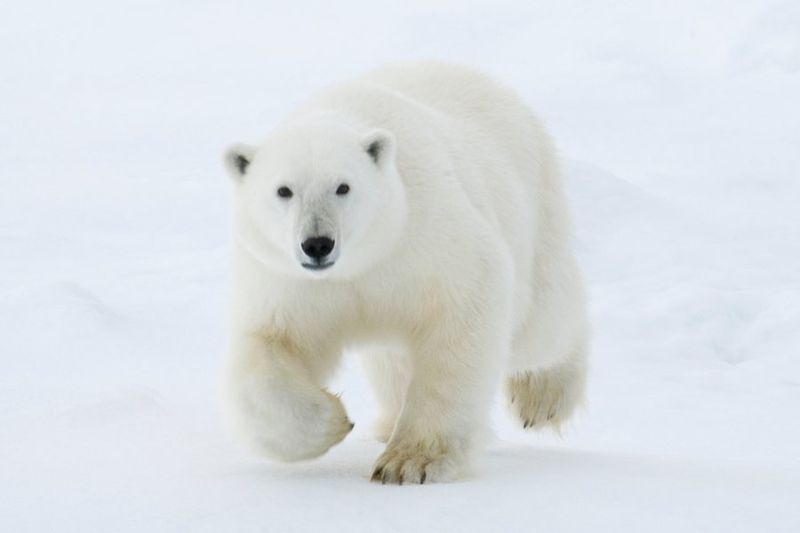
Unlike most bears, polar bears actively hunt humans as prey. These Arctic predators have no natural fear of people and view them simply as food in their harsh, frozen habitat.
Weighing up to 1,500 pounds with jaws powerful enough to crush a seal’s skull, they’re perfectly evolved killing machines. Their white fur provides perfect camouflage, making them nearly invisible until they’re dangerously close.
3. Brown Bear
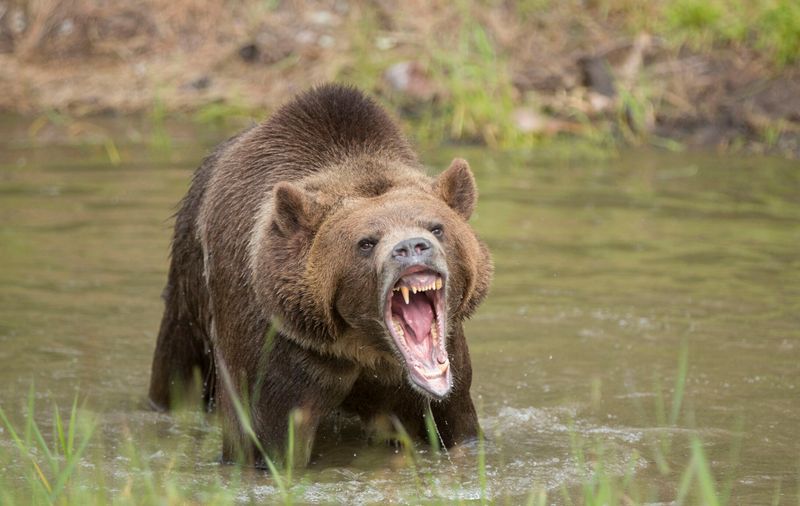
Territorial and unpredictable, brown bears establish clear boundaries they’ll fiercely defend. Their excellent memory means they’ll remember and potentially attack humans who previously invaded their space.
With incredible strength that allows them to flip 700-pound rocks effortlessly, they’re not to be underestimated. Their acute sense of smell detects threats from miles away, giving them plenty of time to prepare for confrontation.
4. American Black Bear
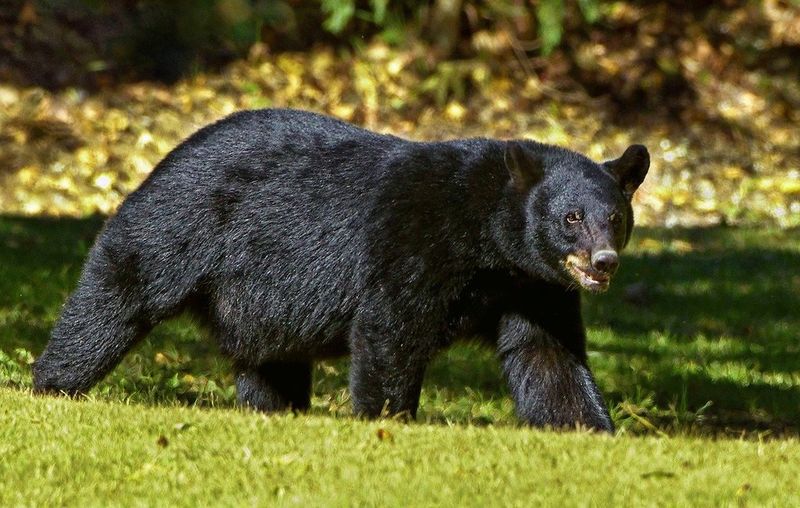
Don’t let their smaller size fool you – American black bears cause more human injuries than grizzlies in North America. Though typically shy, they become bold and dangerous when habituated to human food.
These adaptable omnivores are excellent climbers, making trees unsafe refuges during encounters. Their intelligence allows them to solve complex problems, including breaking into secured food containers and vehicles.
5. Asian Black Bear
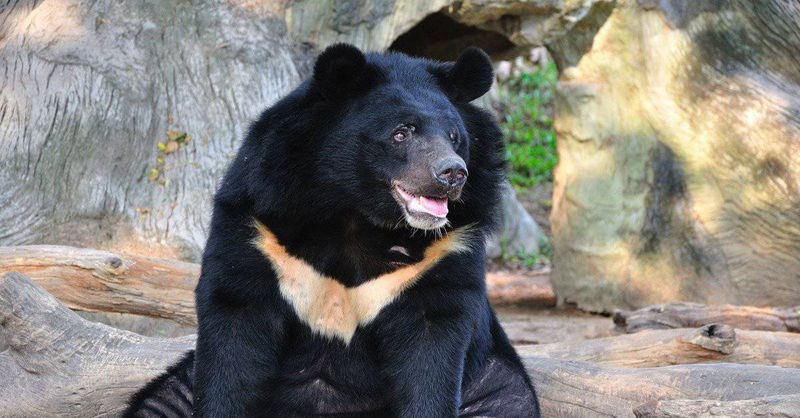
Nicknamed “moon bears” for their distinctive chest markings, Asian black bears are responsible for more attacks on humans than any other bear in Japan. Their unpredictable nature makes encounters particularly risky.
These highly agile climbers frequently charge without warning. Rural communities in their range often fear them more than tigers, as they’re known to occasionally target humans even when unprovoked.
6. Sloth Bear
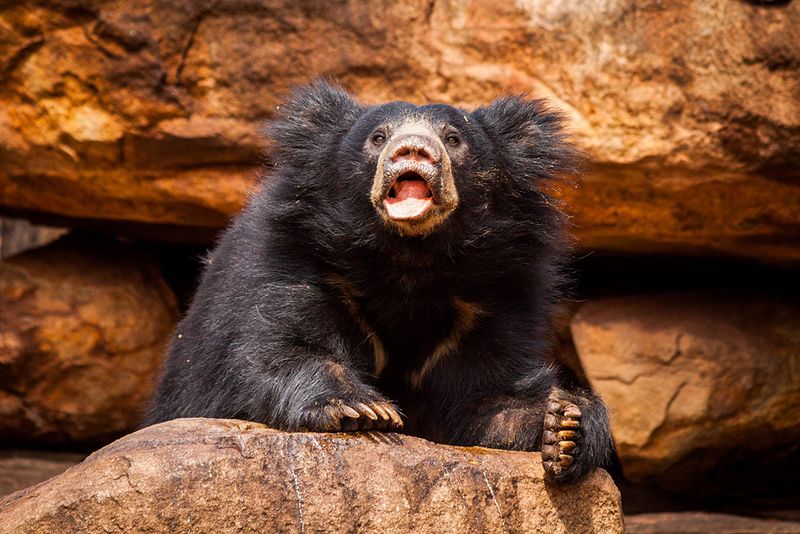
Don’t be fooled by their shaggy, disheveled appearance – sloth bears are among the most aggressive bears toward humans. These insect-eating specialists possess unusually long claws and lack upper incisors, creating a perfect tube-like snout for sucking up termites.
When startled, they immediately attack rather than flee. Forestry workers in India often consider them more dangerous than tigers due to their unpredictable, lightning-fast charges.
7. Himalayan Brown Bear
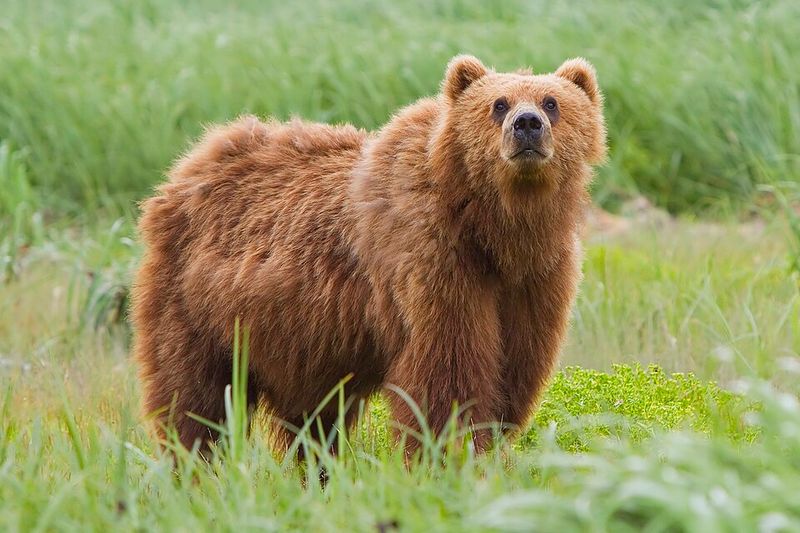
In the serene yet formidable mountains of Northern India, the Himalayan Brown Bear reigns supreme.
Known for its imposing stature, this bear can be surprisingly aggressive if startled or provoked, despite its shy nature.
With a diet that ranges from berries to small mammals, it can adapt easily to its environment. However, habitat encroachment and food scarcity have made it more unpredictable.
8. Andean Bear (Spectacled Bear)
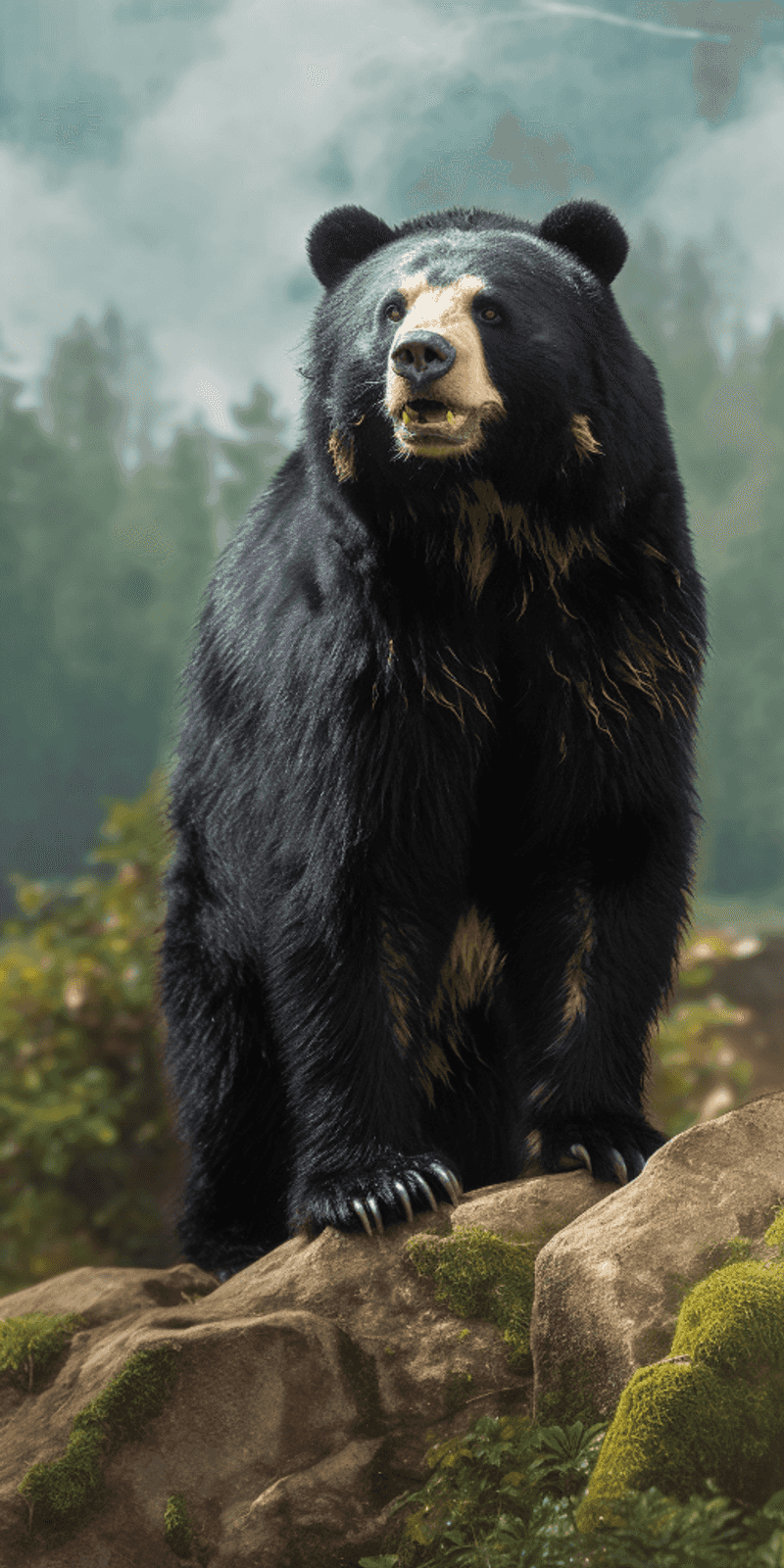
South America’s only native bear species sports distinctive facial markings resembling eyeglasses. While primarily vegetarian, these elusive mountain dwellers become remarkably aggressive when cornered.
Their powerful build and surprising speed make them formidable when threatened. Though human attacks are rare due to their remote habitat, local farmers occasionally face dangerous confrontations when these bears raid crops or livestock.
9. Sun Bear
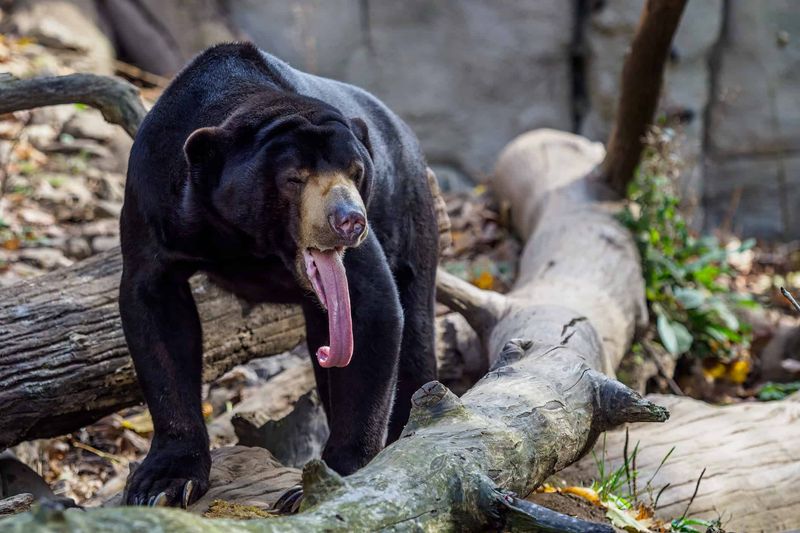
The smallest bear species packs a surprisingly dangerous punch. Standing barely 4 feet tall, sun bears compensate with extremely long claws, powerful jaws, and an aggressive temperament when threatened.
Their remarkable agility allows them to move through trees as easily as ground. Southeast Asian locals often fear these compact powerhouses more than larger predators, as their unpredictable nature makes encounters particularly hazardous.
10. Kodiak Bear
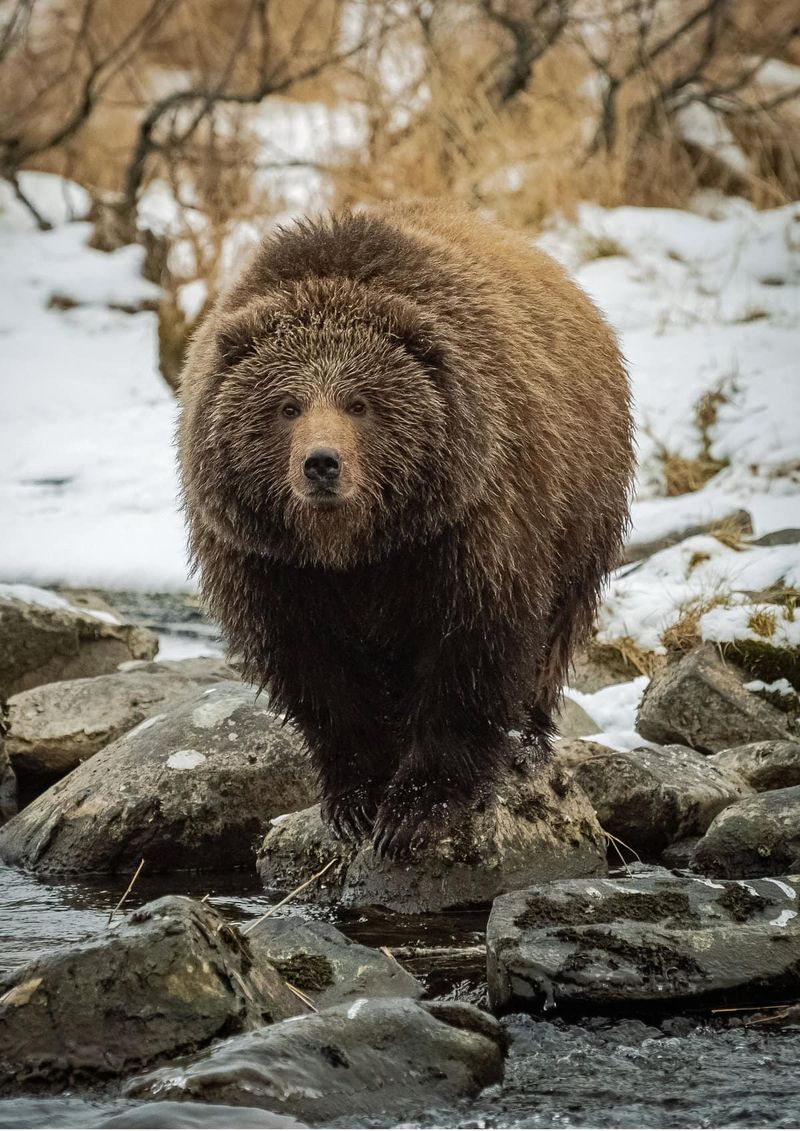
Island giants that rival polar bears in size, Kodiak bears can weigh over 1,500 pounds. Their isolated evolution on Alaska’s Kodiak Archipelago has produced the largest brown bears on Earth.
Despite their enormous size, they move with surprising stealth through dense vegetation. Their massive jaws can crush bones with ease, while their territorial nature makes them particularly dangerous during salmon runs when protecting fishing spots.
11. Eurasian Brown Bear
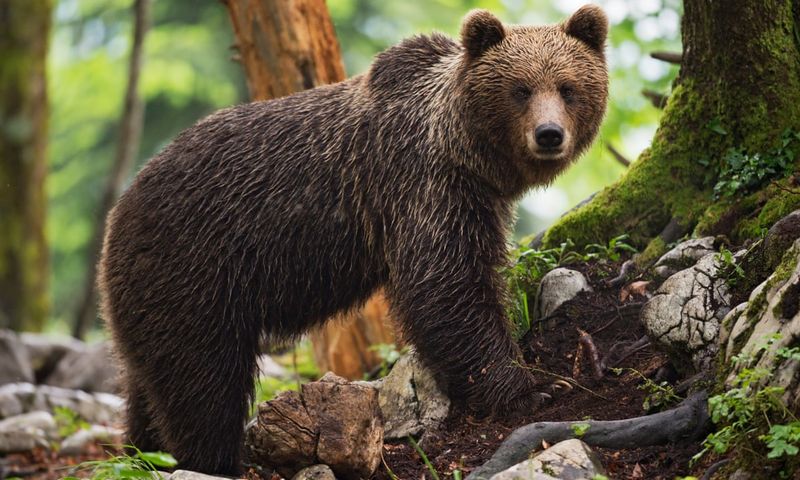
Ancient folklore throughout Europe and Asia is filled with tales warning about these forest monarchs. Once widespread across the continent, they’ve learned to be especially wary of humans, making surprise encounters particularly dangerous.
Their incredible strength allows them to kill large prey with single paw swipes. Though typically avoiding human contact, they become extremely aggressive when protecting cubs or food caches.
12. Giant Panda
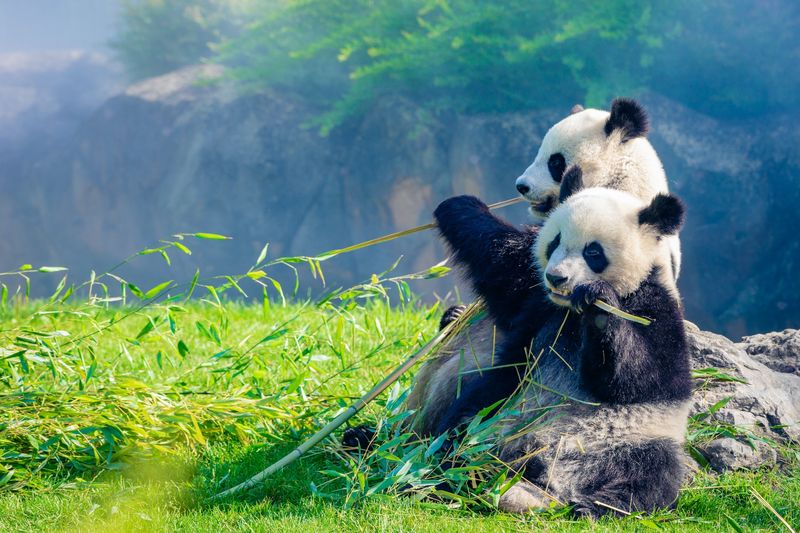
Despite belonging to the bear family, these bamboo specialists are remarkably docile. Their plant-based diet requires minimal territorial defense, resulting in a peaceful disposition compared to their carnivorous cousins.
While they possess typical bear strength, pandas rarely display aggression toward humans. Their laid-back nature and focused eating habits (consuming bamboo 12+ hours daily) leave little energy or motivation for confrontation.
13. Black Footed Ferret Bear
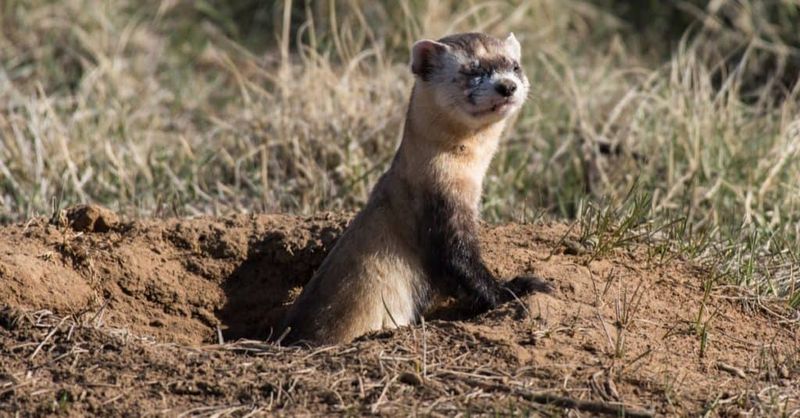
This rare and reclusive species avoids human contact at all costs, preferring remote wilderness areas undisturbed by people. Their shy nature means they typically flee at the first sign of human presence.
Despite having typical bear strength, they’ve evolved to be highly specialized nocturnal hunters of small prey. Their cautious temperament and preference for isolation make dangerous encounters with humans extraordinarily uncommon.
14. Sloth Bear (Under Controlled Environments)
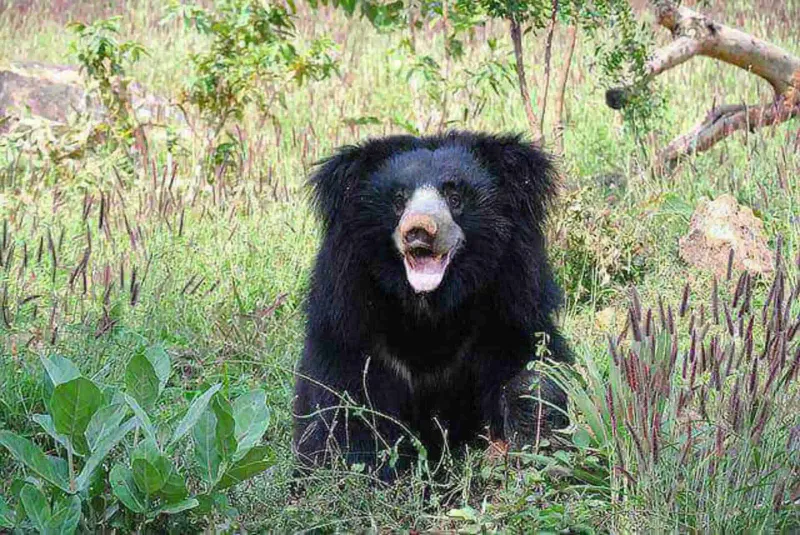
While wild sloth bears rank among the most dangerous species, those in wildlife sanctuaries show remarkably different behavior. Under professional care with consistent feeding routines, they become surprisingly gentle.
Their natural curiosity makes them responsive to enrichment activities. Conservation experts who understand their unique needs can work safely alongside them, though always with proper training and respect for their powerful natural abilities.
15. Burmese Brown Bear
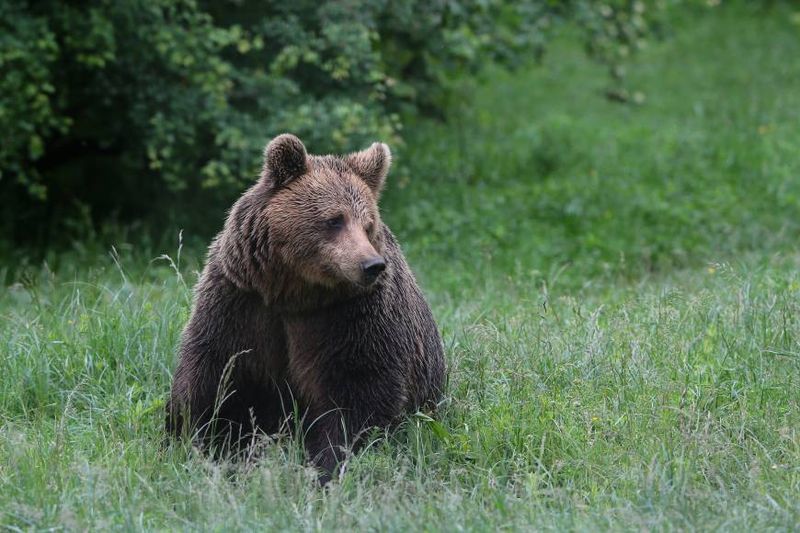
Rarely encountered even by experienced wildlife researchers, these elusive forest dwellers actively avoid human settlements. Their declining population has pushed them into Myanmar’s most remote mountain regions.
Unlike more aggressive bear species, they prefer flight over fight when encountering people. Their specialized diet of mountain fruits, insects, and occasional small prey doesn’t create competition with human food sources, reducing potential conflict situations.
16. Kermode Bear (Spirit Bear)
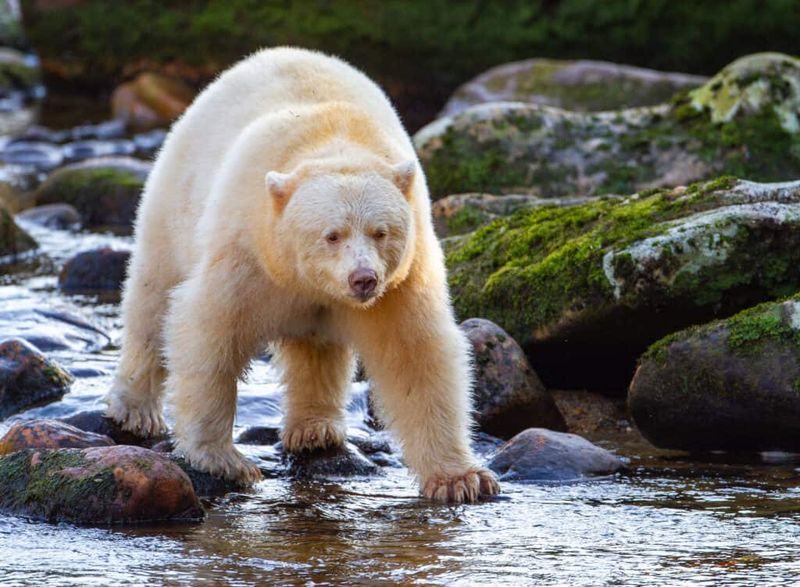
With fur as white as snow, the Kermode bear, also known as the Spirit Bear, is a rare treasure of British Columbia’s coastal rainforests. This unique subspecies of the American Black Bear is not only a sight to behold but is also known for its gentle temperament.
The Spirit Bear is revered by Indigenous cultures and is often associated with peace and harmony. Unlike its more aggressive relatives, the Kermode bear is usually shy and avoids human interaction, making it one of the least dangerous bears.

